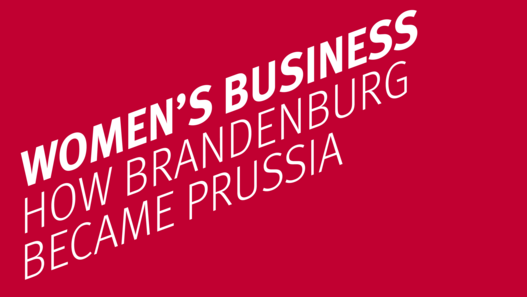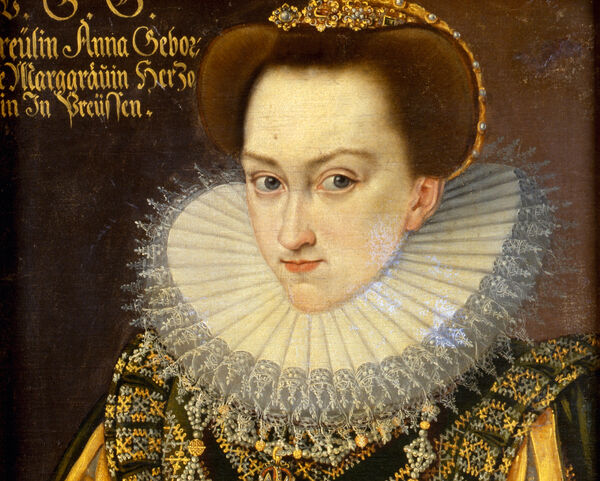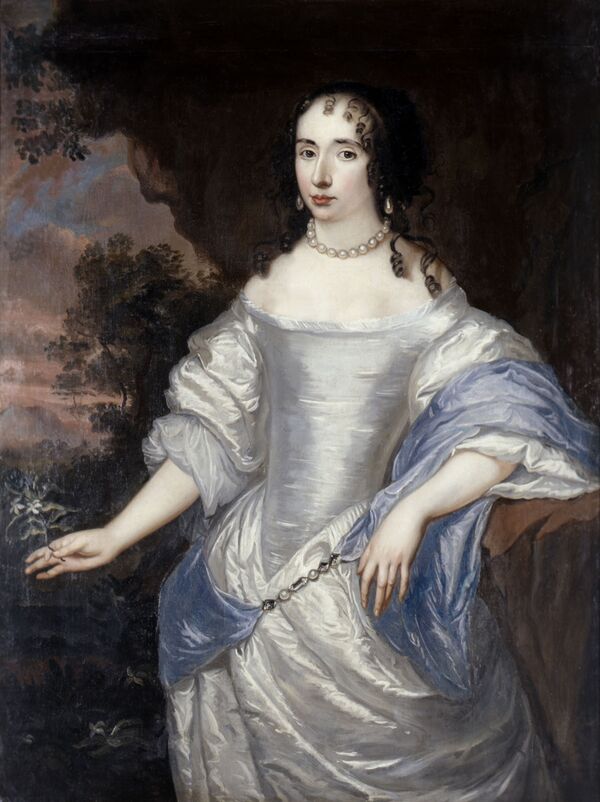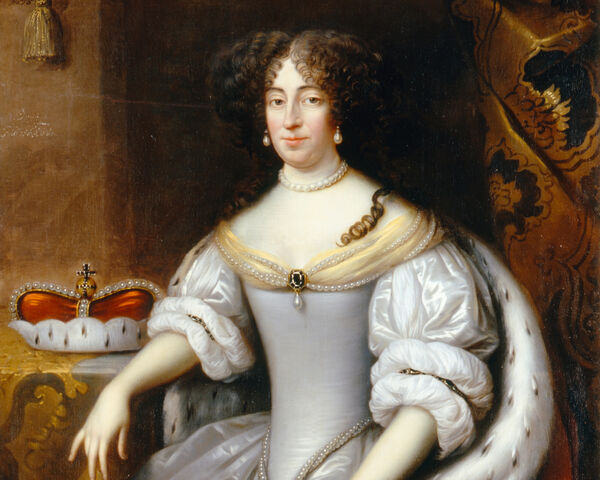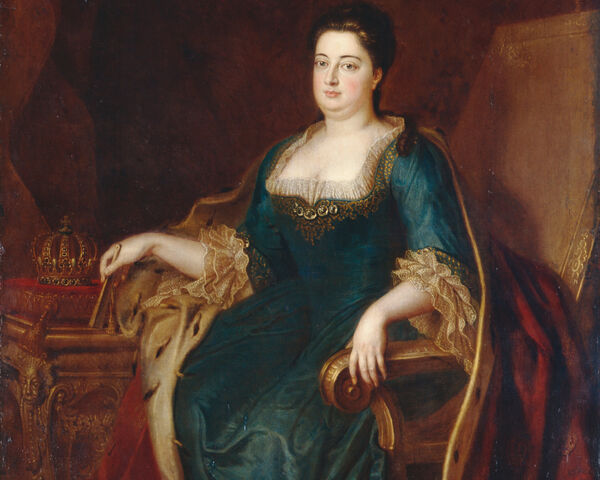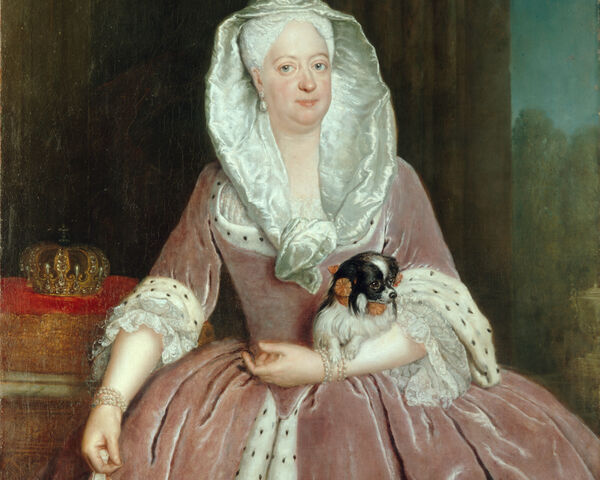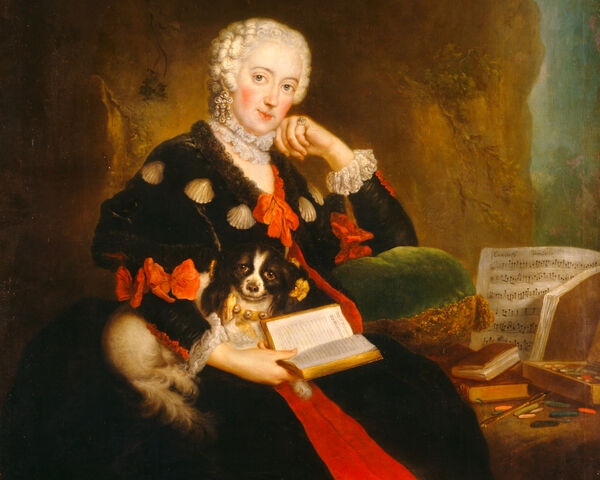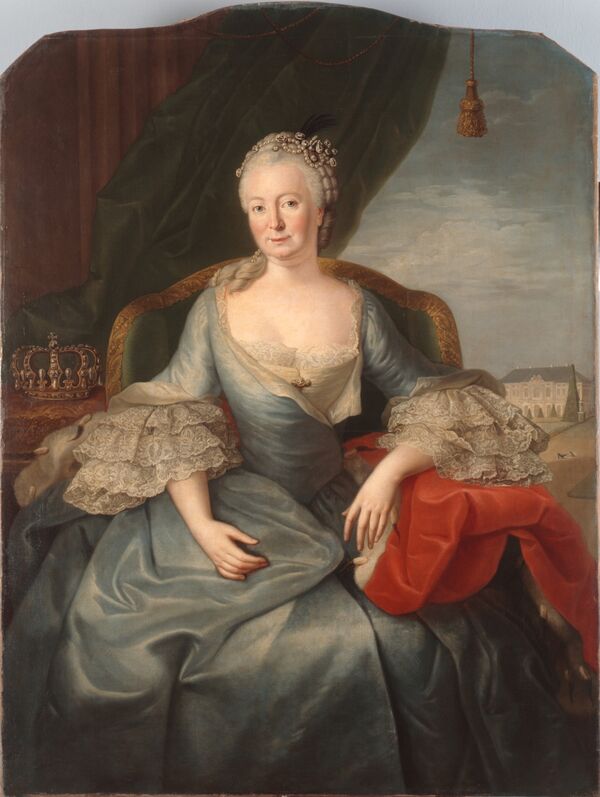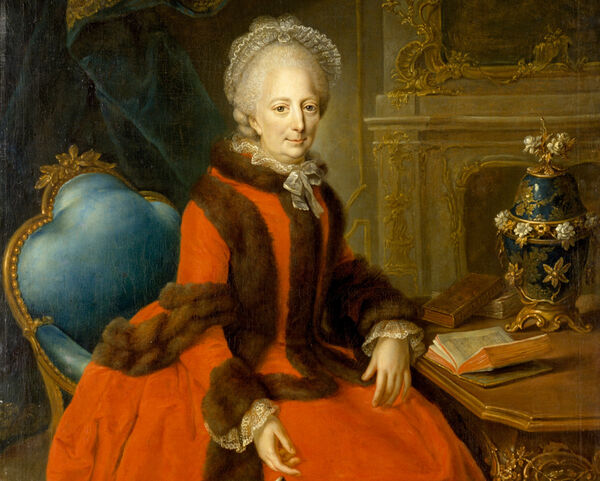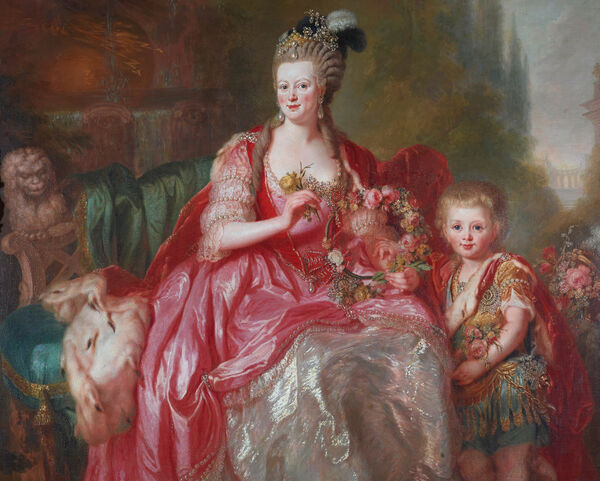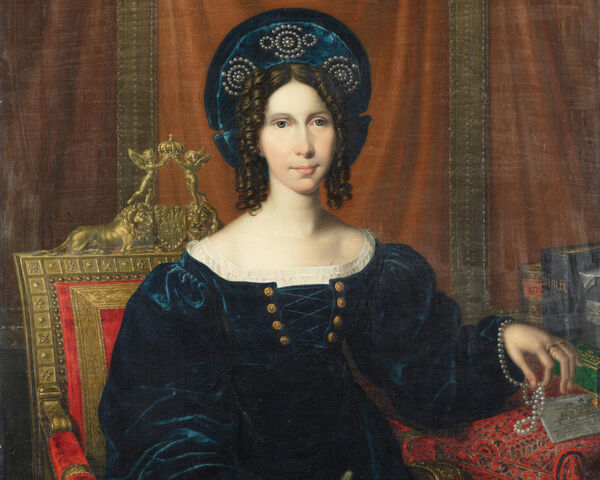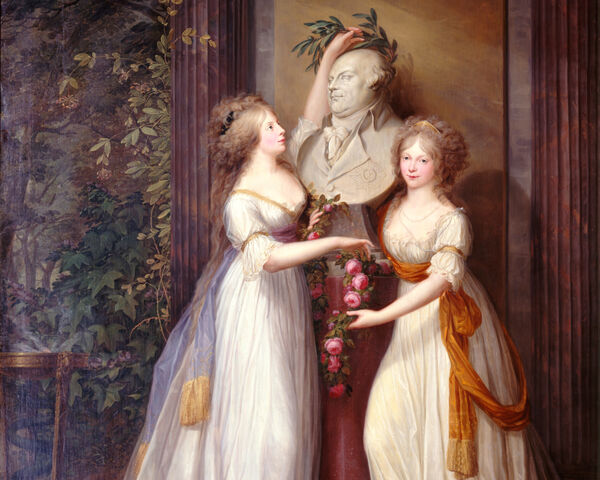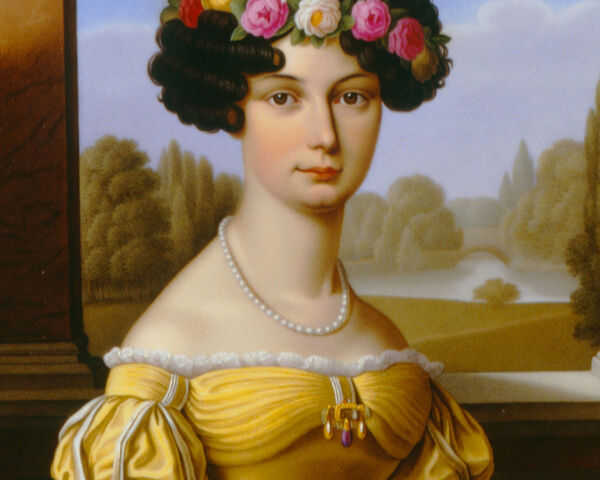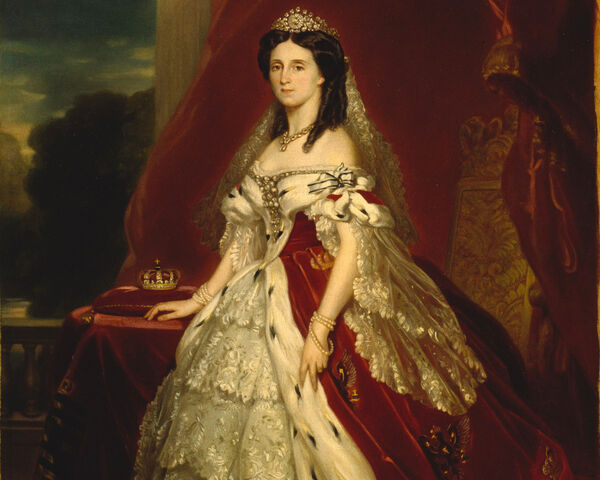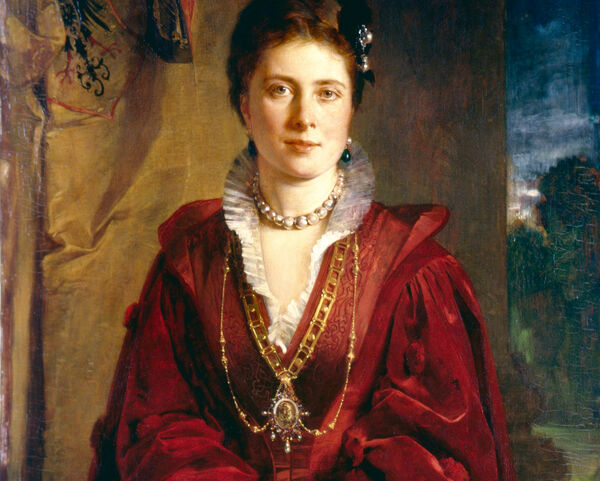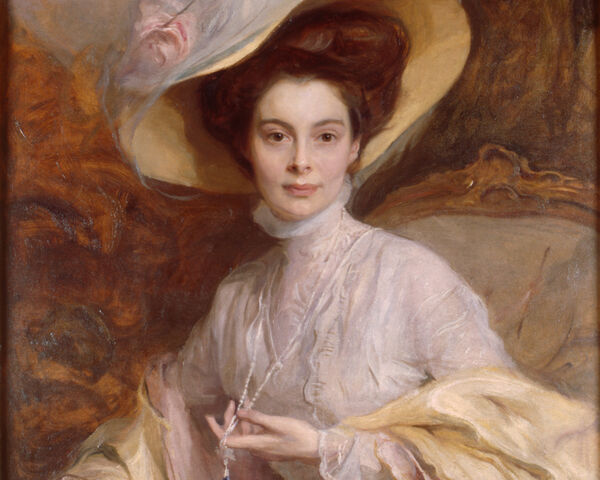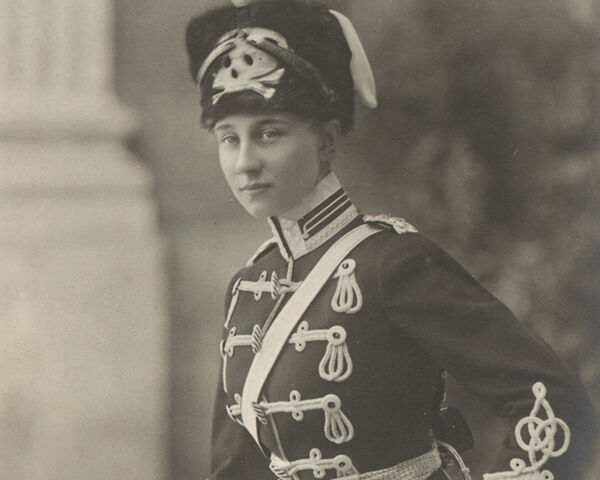WOMEN’S BUSINESSHow Brandenburg Became Prussia
Special Exhibiton: August 22 – November 22, 2015
WOMEN’S BUSINESS is the first exhibition to focus on the significance that women in the House of Hohenzollern had on Brandenburg-Prussian history. It shows the goals, successes and defeats of the known and famous women of the Prussian dynasty, as well as those who remained unrecognized and forgotten.
The five-part exhibition displays unique loans from collections throughout Europe. They present the international network of Hohenzollern women and the diverse ideas and innovations that these women brought to Brandenburg-Prussia.
The exhibition is being held under the patronage of Sophie Princess of Prussia.
Milestones
The Hohenzollerns came to Brandenburg and Berlin in 1415. They shaped the history of the region, Germany and Europe for 500 years. Focusing on the most important milestones, the development of the Brandenburg electorate to the Kingdom of Prussia and later German Empire will be concisely summarized. Women in the Prussian dynasty played an essential role that has rarely been acknowledged before now.
Networks
WOMEN’S BUSINESS shows that Hohenzollern marriage politics and the development of Berlin-Brandenburg were inseparably interconnected. Marriages sealed political alliances. Not only were territories expanded through marriages, but social, cultural and political connections were also established. Marriages anchored the Hohenzollern dynasty in Europe. The network that these women established reached from Italy to Denmark, and from England to Russia.
Room to Play
In a world dominated by men, women could only leave their marks on their courts when they cleverly made use of their own spheres of influence. Using the right strategies, they could influence history as a royal consort, queen or fashion icon. The roles of these women are impressively personified by their garments: WOMEN’S BUSINESS presents the oldest documented women’s dress in Brandenburg (c. 1460), as well as Empress Augusta’s coronation robe and the uniform of the last empress.
Setting the Course
1527 – At the side of Martin Luther, Electress Elisabeth vehemently campaigned for the Reformation in Brandenburg.
1614 – Electress Anna secured the right to her mother’s inheritance on the Rhine and another in East Prussia from her father, considerably enlarging the territories of the electors.
1700 – Queen Sophie Charlotte brought Italian opera and French garden design to Prussia, and supported the arts and sciences.
1807 – Queen Luise was the first to bring glamour to the Prussian army.
1914 – Crown Princess Cecilie fostered the image of Prussia as a military state wearing uniforms and spiked helmets.
WOMEN’S BUSINESS in WOMEN’S PALACES
Women greatly characterized our palaces. We are commemorating their impact at four authentic locations.
Sanssouci Palace − Elisabeth Ludovika of Bavaria was the only woman to live in the palace of Frederick the Great.
Glienicke Palace − Marie of Saxe-Weimar-Eisenach assembled Berlin’s intellectual elite around her.
Schönhausen Palace − Elisabeth Christine of Braunschweig-Wolfenbüttel-Bevern and the dangerous liaisons at the court in Schönhausen.
From April 3 – November 22, 2015 at the above-mentioned palaces.
Charlottenburg Palace – Theater Building
Spandauer Damm 10
14059 Berlin
Public Transportation
Stop "Berlin, Klausenerplatz"
vbb-online | Timetable information
Traffic information
Parking
Paid parking spaces for cars and buses.
- Audio Guide German
- Audio Guide English
- Audio Guide German for children
- wheelchair access
A catalogue (german), published by Sandstein Verlag, accompanies the exhibition. It will be available for purchase at the exhibition for 29,80€ and in bookstores for 38,00€.
To the info page of the venue
with the exhibition Unveiled – Berlin and its Monuments at the Zitadelle Spandau, the exhibition Countess Lichtenau at the Museum Charlottenburg−Wilmersdorf, the Stiftung Stadtmuseum Berlin and the Staats- und Domchor Berlin.
with the Galerie EIGEN + ART, Berlin. Stella Hamberg and Melora Kuhn at Grunewald Hunting Lodge. Contemporary Art Meets Old Masters.
August 29−December 15, 2015
Special thanks to the gallerist Judy Lybke.
sponsored by
- Kulturstiftung der Freunde der Preußischen Schlösser und Gärten
- Stiftung Deutsche Klassenlotterie Berlin
- Kulturstiftung der Länder
- Ernst von Siemens Kunststiftung
supported by
- Stiftung Stadtmuseum Berlin
- Berliner Residenz Konzerte, Orangerie Berlin GmbH
- Yorck Kinogruppe
- Zitadelle Spandau
- Museum Charlottenburg-Wilmersdorf in der Villa Oppenheim
- Staats- und Domchor Berlin
- Dussmann das KulturKaufhaus
media partners
mobility partner

